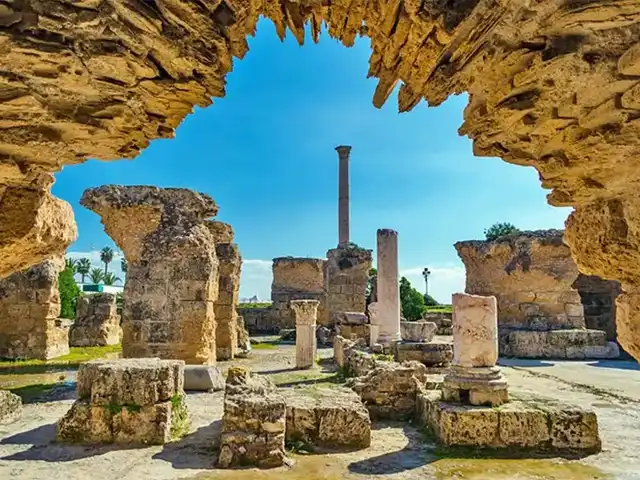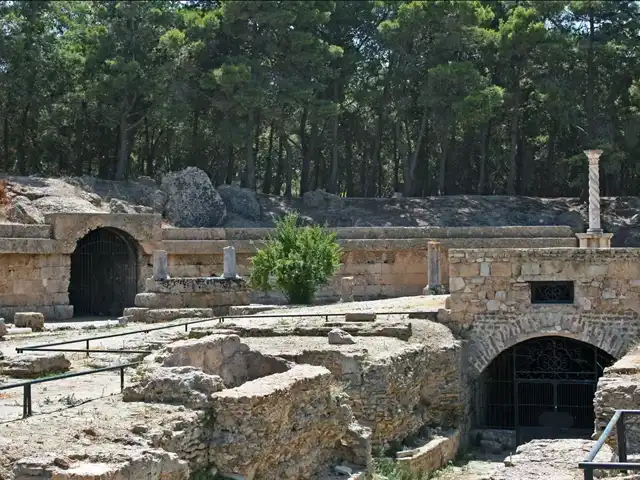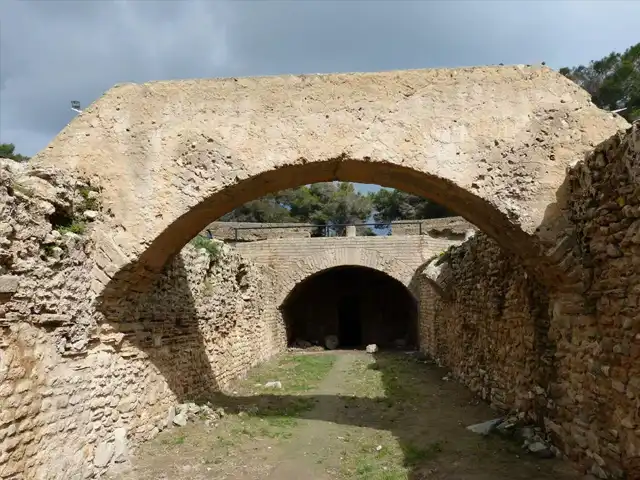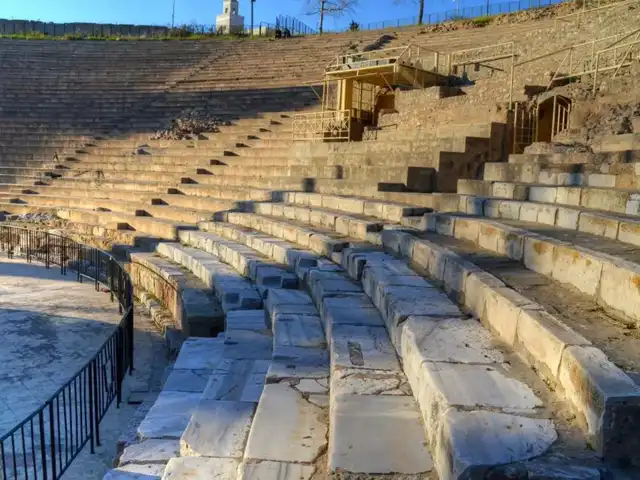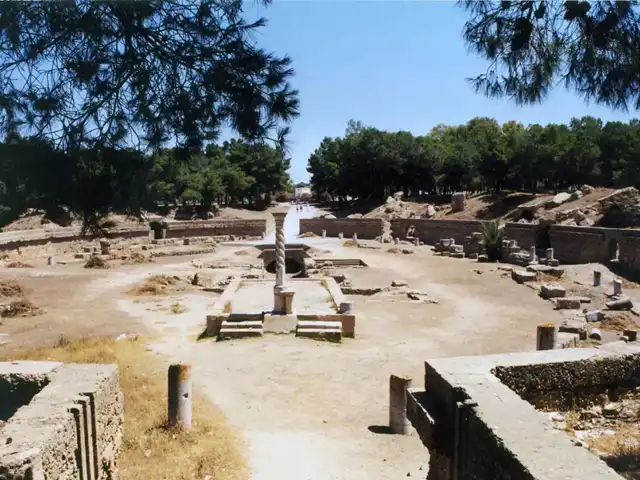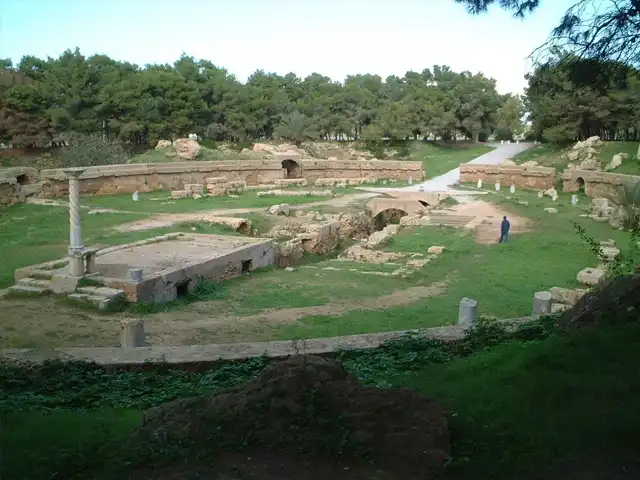Carthage Amphitheater
The Carthage amphitheater, constructed in the 1st century AD, stood outside the city and was renowned as one of the grandest amphitheaters within the Roman Empire.
Descriptions of it by medieval chroniclers tell us of imposing structures and high arcades.
Discover the ancient glory of this Roman marvel in Tunisia. Immerse yourself in its historic grandeur, marvel at its architectural splendor, and imagine the roaring crowds that once filled its stands. Experience a captivating journey into the past at this iconic site, where history comes to life. Explore the rich heritage of Carthage and be transported to a bygone era of epic spectacles and cultural significance.
After the destruction of Punic Carthage in 146 BC, a new city of Carthage was built on the same land. In the 3rd century, Carthage became one of the largest cities in the Roman Empire, with a population of several hundred thousand.
It was the center of the Roman province of Africa, which was a major breadbasket of the empire. Carthage then became the capital of a usurper, Domitius Alexander, in 308–311.
Conquered by the Vandals in 439, Carthage was the capital of the Vandal kingdom for a century. Reconquered from the Eastern Roman Empire in 533/4, it continued to serve as an Eastern Roman regional center, as the seat of the Praetorian Prefecture of Africa.
The Arabs looted and destroyed the city after the Battle of Carthage in 698 to prevent any possible reconquest by the Byzantine Empire. Throughout the Muslim period, a garrison occupied the city, utilizing it as a fortification. Subsequently, during the Hafsid period, the Crusaders seized control of the city, resulting in the loss of life for its defenders during the Eighth Crusade. To prevent the city from becoming a strategic base for hostile forces, the Hafsids took the decisive action of demolishing its defenses. As a result, during the 8th century, the remains of Roman Carthage served as a valuable source of construction materials for Kairouan and Tunis.
Today, slightly set back from the road, there remains only an oval arena 65 m long by 37 wide with, at the two advances, the accesses by which the wild beasts arrive.
The most famous of the tortured who met such an end, Saint Perpetua and Saint Felicity, martyred for their faith in this enclosure in 203.
Situation:
Tunisia / Carthage
What to see:
– the Malga cisterns
– the amphitheater
– the circus
– the Damous Carita basilica
– the Antonine baths
– theater
– the district known as the Odéon
Opening time :
– From 16/09 to 31/05: from 8:30 a.m. to 5:00 p.m.
– From 01/06 to 15/09: from 8:00 a.m. to 6:00 p.m.
Ramadan Timings:
08h00 – 17h00
Admission fees :
12 dinars
The Carthage Amphitheater in pictures
